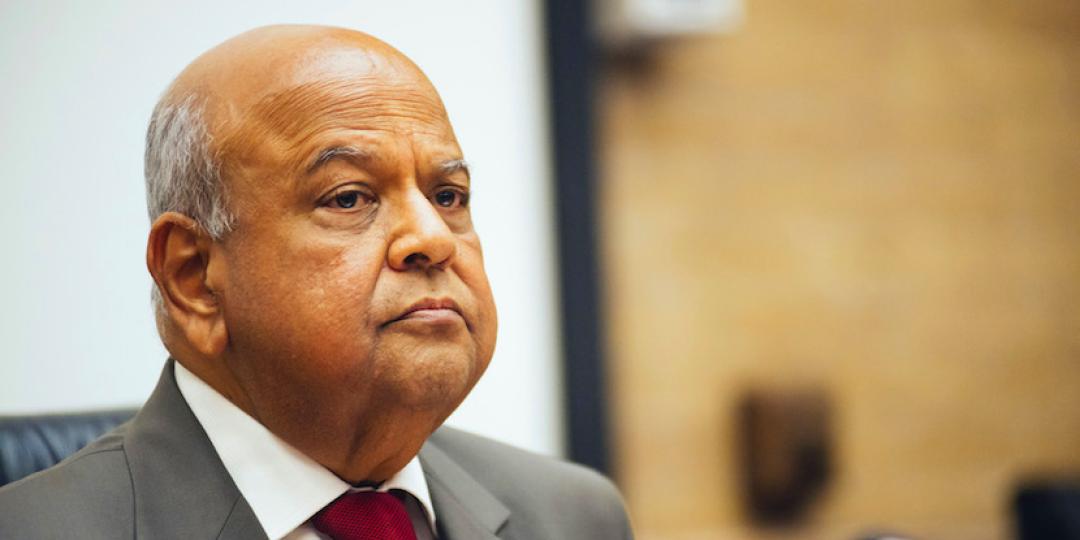SAA received R50.3bn (€2.50bn) in Government assistance between 2004 and 2020, R31.243bn (€1.55bn) in cash injections and R19.114bn (€950.62m) in Government guarantees, according to the first draft management report submitted to Parliament since 2017.
Public Enterprises Minister Pravin Gordhan and SAA Business Rescue Practitioners, Les Matuson and Siviwe Dongwana, presented the report during a three-hour-long joint online sitting of the Standing Committee on Public Accounts (SCOPA) and Portfolio Committee on Public Enterprises on Friday afternoon.
The briefing revealed that the BRPs had burned through nearly R10bn (€497.54m) during the past five months (amongst which 20% was on fuel, about 60% on salaries; 12% on aircraft leases and 12% to Airlink); that Matuson and Dongwana shared R30m (€1.49m) in fees over the past three and a half months; and that accounting firm PWC – hired by the BRPs – was paid another R30m to come up with a financial model.
In another revelation, a photograph of SAA’s balance sheet ending March 31, 2019 – tweeted by SCOPA Democratic Alliance MP Alf Lees ahead of the briefing – showed SAA bled R10.5bn (€522m) in the last two financial years – R5bn (€248.69m) in 2019 and R5.48bn (€272.57m) in 2018.
The briefing also made clear the impasse between Government and the BRPs had not been resolved. SCOPA Chairperson, Mkhuleko Hlengwa, called it an “unhealthy working relationship, which is not in the best interest of SAA. It’s clear they are singing from two different hymn sheets,” he said, and called for a “meeting of minds for a sustainable outlook”.
He tasked MPs to submit further questions to DPE by Monday and for DPE to report back to SCOPA on May 26 with “a timeline and deadline when this matter will be concluded”.
The continuing impasse became clear when Dongwana said a business plan for the winding down of SAA would be published soon after engagement with affected parties and key stakeholders. He stressed that any restructuring would require further funding, which the Government, since April, says is not available.
Gordhan reacted with anger, demanding “a credible plan that presents us with options, the outcome of which must be a viable business”. On May 5 Gordhan rejected a draft plan by the BRPs and has employed his own aviation experts to devise a plan for what is being termed a ‘NewCo’.
He questioned why operational restructuring costs doubled from January 3 to February 17 from R2.4bn (€119.37m) to R5.5bn (€273.55m). “The BRPs were not put in place to run an airline, they were put in place to emerge with a plan so that competent managers are appointed to run the airline.”
Responding to questions from MPs why SAA had not yet returned unused aircraft to lessors, Dongwana said some had been returned in March but this stopped with the lockdown.
He also cautioned against risks of returning aircraft to creditors, such as triggering the repayment of Government guarantees and breach of contracts that may result in further claims against SAA.
He said SAA had paid all salaries until end April and all employees were now on unpaid leave, adding that SAA was up to date in paying all due taxes. He said the BRPs provided regular reports to DPE, including weekly cash flow forecasts and daily liquidity reports that demonstrated cash reserves and daily expenses. He said the BRPs continued to provide management accounts to DPE and National Treasury.
The Minister dismissed attempts by Matuson to express support of Gordhan’s commitment to restructuring SAA, saying he didn’t need Matuson to be his praise singer. However, he later expressed the hope that some consensus could be found in further dialogue with the BRPs.
In an MoU signed earlier this week, both parties agreed to co-operate in the development of a business rescue plan that will result in a restructured SAA or ‘NewCo’; and for the DPE to formulate proposals by June 30, which will be included in the plan.






















